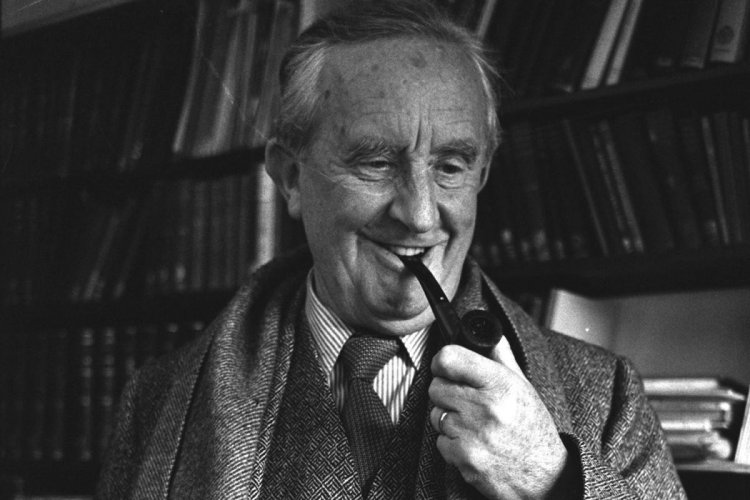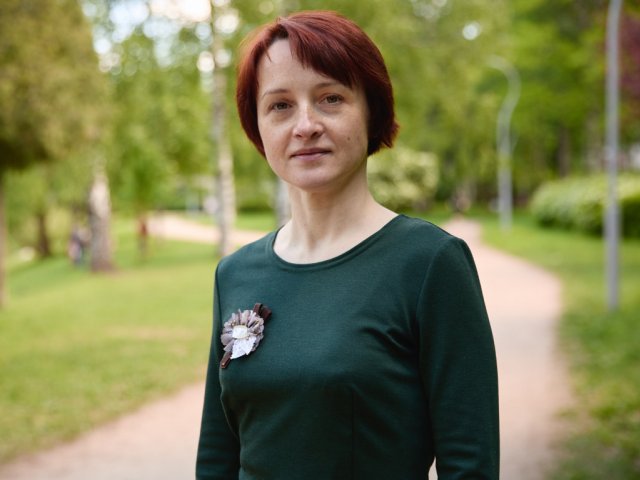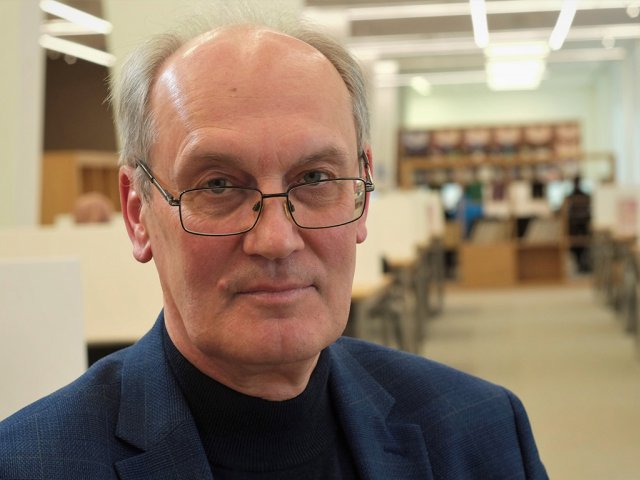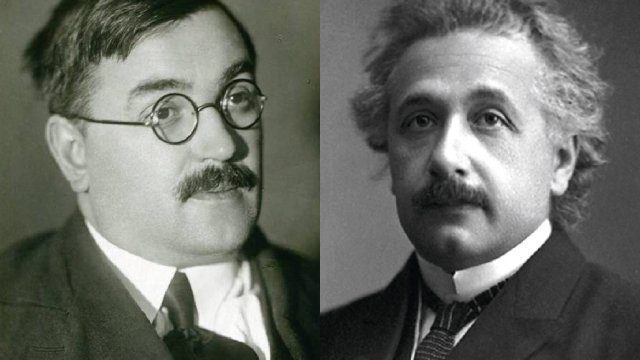Official:
John Ronald Reuel Tolkien. 3 January 1892 – 2 September 1973. English linguist, philologist. Professor of the University of Oxford. Creator of the Middle-earth.
Life and Work:
1. Only a handful of scientists become an object of a cult and Tolkien is on that short list. He bears a high title of the father of fantasy literature and his trilogy, The Lord of the Rings, became one of the most popular books all over the world.
2. The Tolkien family comes from Lower Saxony but, in the 18th century, the writer’s ancestors settled down in England and “quickly turned into native Englishmen” as the professor said.
3. Tolkien recalled that as a child he was dying of heat and eucalyptus became his first ever Christmas tree. This comes as no surprise because the future scholar and writer was born in Bloemfontein, the capital of the then Orange Free State, currently SAR. His father was an English bank manager.
4. As a child, young Ronald stepped on a baboon spider. In adulthood, Tolkien often remembered how he ran in terror getting tangled in the tall grass withered of the tropical heat. The nanny caught the boy and sucked away the poison, an event that gave him no special hatred of spiders or ever stuck with him, Tolkien later claimed. But it echoed in his books more than once in the form of monstrous venomous spiders.
5. When he was four, Ronald returned to England with his mother and brother. Tolkien’s father died early in life and his mother had to raise the boys alone in very modest conditions. The mother cultivated in Tolkien the love for botany and drawing. She did her best to make sure that the future classical author learned to read and write early.
6. After the mother’s untimely passing, Tolkien, a full orphan, ended up in care of the Roman Catholic priest Francis Morgan. It was his guardian who the scholar owed his interest towards languages and philology in general.
7. Tolkien was obsessed with passion for the learning of languages ever since he was little. At the age of eight, he went to a prestige school in Birmingham where he studied Old English. He then moved to study Welsh, Norse, Finnish, and Gothic.
8. It was at the same time, at a very young age, that Tolkien started constructing languages himself – first to talk to friends in a semisecret society they had formed at school.
9. The rumor goes that Tolkien’s school friends jokingly called him JR² playing upon his initials. It looks very much like the area of circle formula πR², doesn’t it?
10. The future Oxford professor revealed a true linguistic talent and his interest towards the study of existing languages combined with the passion for constructing new ones. Over the course of his life, Tolkien learned to speak 14 languages and constructed even more – 19. Among them are Quenya, or the language of the High Elves, Sindarin, or the language of the Gray Elves, Khuzdul, the secret language of the Dwarves. “Nobody believes me when I say that my long book is an attempt to create a world in which a form of language agreeable to my personal aesthetic might seem real. But it is true,” the scientist claimed.
11. At the age of 16, Tolkien met his future wife, Edith. The orphans quickly made friends but the guardian made Tolkien pledge his word that he would not date Edith until adulthood. Tolkien kept his word and did not date the girl but the same evening he turned 21 he wrote Edith a letter and asked her to marry him. Edith returned her engagement ring to another young man, converted to Catholicism, and married Tolkien. They lived a long time, 56 years, and happily and raised three sons and a daughter.
12. In 1915, Tolkien received a bachelor’s degree in Oxford and finished a military radio school amid the World War I raging through Europe. Commissioned a second lieutenant, Tolkien took part in the Battle of the Somme but he did not move up through the ranks as he developed the trench fever and was deemed medically unfit for general service.
13. After demobilization, the officer immediately started scientific work – he joined the team compiling the Oxford English Dictionary. Much later, in a dispute with Tolkien, his opponent based his case on this dictionary and the professor made a perfectly reasonable observation that he did not consider the dictionary to be more spot-on than himself because it was Tolkien who compiled this dictionary. In more than fifty years, the lexicographers who compiled a new edition of this dictionary corresponded with the scholar regarding the word “hobbit” coined by Tolkien they wanted to include in the dictionary.
14. Having received a master’s degree from the University of Oxford, Tolkien started in teaching. First, he joined the University of Leeds. In 1924, the scientist was confirmed as professor and taught at his Alma Mater for over 30 years from 1925 to 1959.
15. When the scholar worked in Leeds, he published the Middle English dictionary and prepared several landmarks of the Middle English literature for further publication. In the 1920s, he also translated the medieval epic, Beowulf.
16. In 1937, John Ronald Reuel Tolkien published his novel, The Hobbit, or There and Back Again. The readers first read about battles between the dwarves, goblins, people, elves and other peoples of the Middle-earth. Interestingly, that same year, Tolkien wrote a monograph on Beowulf, the old English epic in which the protagonist also defeats the dragon. But Tolkien’s monographs are less known than his books, especially The Lord of the Rings.
17. The Lord of the Rings was written as a single book but it turned out to be so large that the publisher had to divide it into three parts – The Fellowship of the Ring, The Two Towers, and The Return of the King. As a trilogy, the book is still published to this day, although sometimes in a single volume.
18. Many real places and animals, such as catsharks of the genus Gollum or Macrostyphlus frodo beetles, were named after the Middle-earth places and characters from Tolkien’s books. Several creatures were named in honor of Tolkien himself. For example, the Leucothoe tolkieni amphipods.
19. It is argued that Tolkien had a strong hate for the side effects of industrialization which he believed to be consuming the English countryside and pruning down the life. Most of his adulthood, he preferred a bicycle over a car.






















